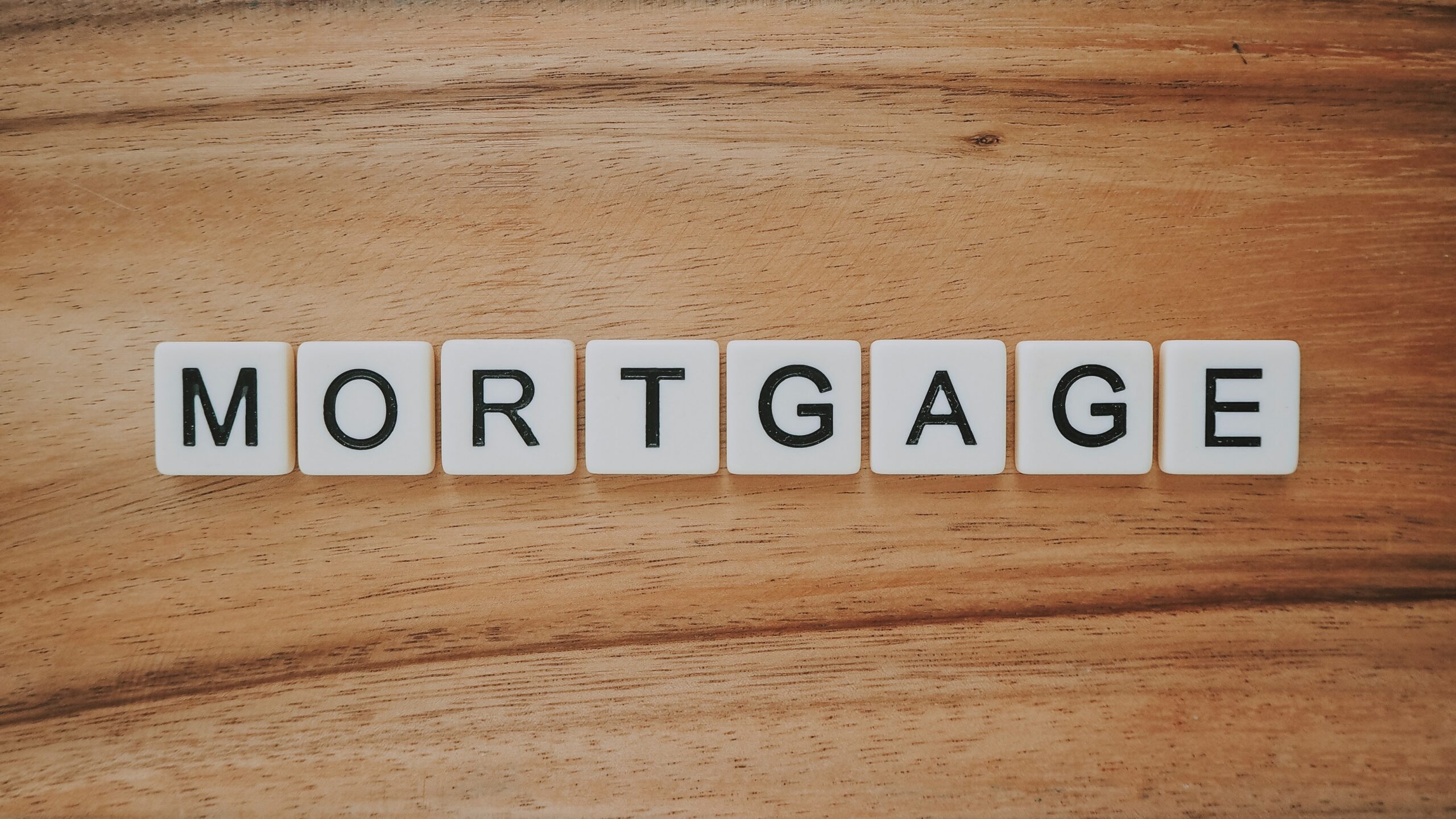Buying a home is one of the most significant investments you’ll make in your lifetime, and it can be a complex and confusing process. From finding the right property to securing financing, there are many steps involved in buying a home. Here’s a comprehensive guide to the home buying process, from start to finish.
Step 1: Determine Your Budget
The first step in the home buying process is to determine your budget. This involves evaluating your finances, including your income, expenses, and credit score, to determine how much house you can afford. Work with a mortgage lender to get pre-approved for a mortgage and establish your budget to ensure you know your down payment, closing costs, and mortgage payment BEFORE you go shopping.
Step 2: Find a Real Estate Agent
Once you’ve established your budget, the next step is to find a real estate agent. A good agent can help you navigate the local market, find properties that meet your criteria, and guide you through the negotiation and closing process.
Step 3: Start Your Property Search
With your budget and real estate agent in place, you can start your property search. This involves browsing online listings, attending open houses, and touring properties with your agent to find the right fit for your needs.
Step 4: Make an Offer
Once you’ve found a property you’re interested in, you’ll need to make an offer. This involves submitting a written offer to the seller, which outlines the purchase price, any contingencies, and the closing timeline. Your real estate agent can help you craft a competitive offer that maximizes your chances of being accepted.
Step 5: Complete a Home Inspection
After your offer has been accepted, you’ll need to complete a home inspection. This involves hiring a licensed inspector to evaluate the property and identify any potential issues, such as structural problems, water damage, or mold.
Step 6: Secure Financing
With the home inspection complete, you can move forward with securing financing for your purchase. This involves working with a mortgage lender to finalize your mortgage, which may include providing additional documentation, such as bank statements or tax returns.
Step 7: Close on Your Property
The final step in the home buying process is to close on your property. This involves signing a series of legal documents and paying closing costs, which typically include fees for the mortgage, title insurance, and any additional services. Once you’ve completed the closing process, you’ll officially own your new home.
In conclusion, the home buying process can be complex and overwhelming, but with the right guidance and resources, it can also be a rewarding and exciting experience. By following these steps and working closely with your real estate agent and mortgage lender, you can navigate the home buying process from start to finish with confidence.











